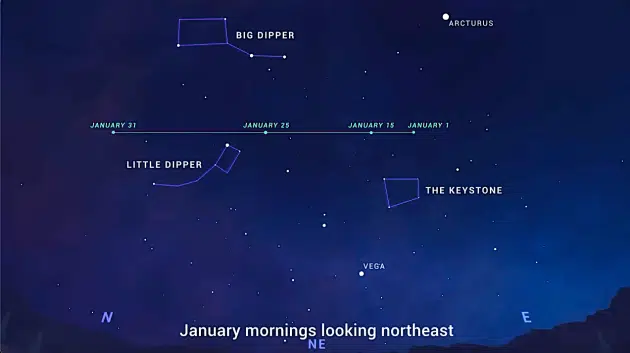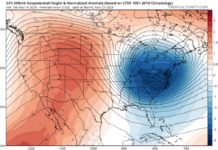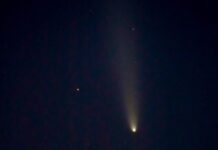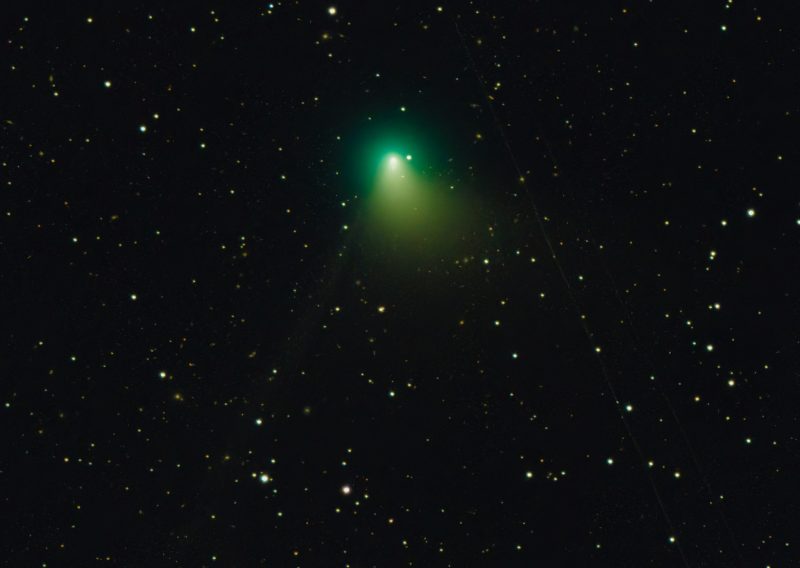
You’ve probably seen an article or two about an upcoming comet floating around social media this week.
All the fuss is about a comet known as C/2022 E3 (ZTF). The comet was discovered in March of 2022 by the Zwicky Transient Facility, hence the ZTF after the name. It is a long period comet that has spent at least the last 50,000 years falling inward towards the sun. The current thinking is that this will be the comet’s last trip to the sun before heading into deep space on a parabolic (open rather than closed) orbit.
The good news is that it is poised to put on a show while it is here. The comet made it’s closest approach to the sun just a few days ago on January 12. At that time it was a bit farther from the sun than the Earth is, about 1.12AU (AU=distance of Earth’s orbit).
Over the next two weeks it will be moving away from the Sun, but right towards the Earth. On February 1 it will make its closest approach to our planet at only 42 million miles, or 0.28AU.
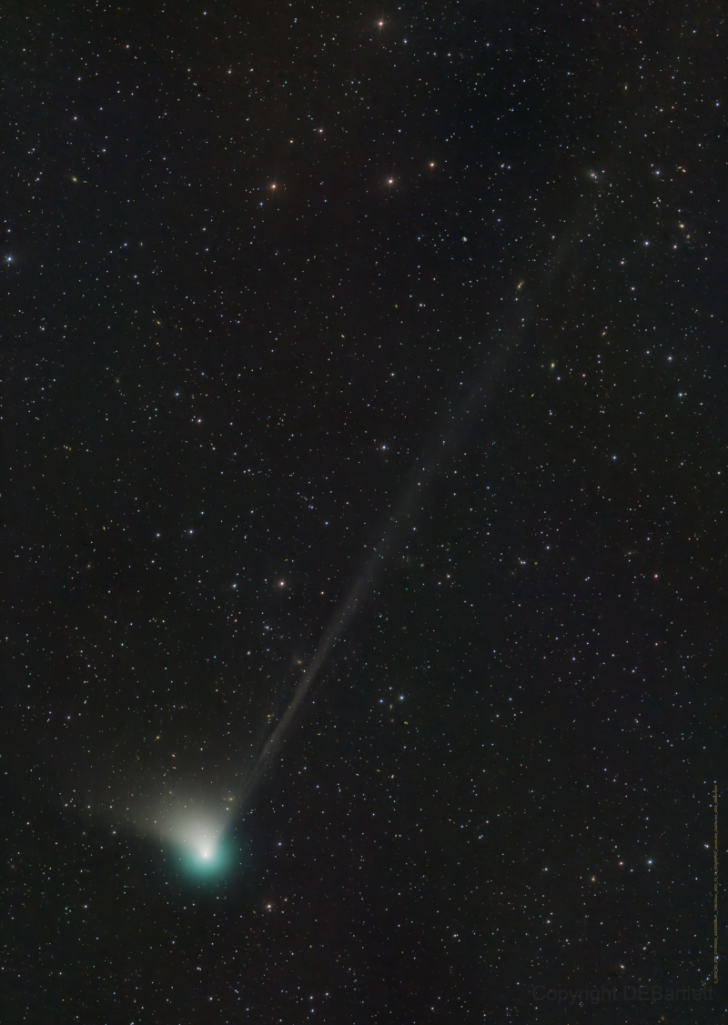
As it approaches us it will brighten. Currently it sits around magnitude 7. This is perfect brightness for viewing through a telescope or pair of binocular, but just a tad dim to be seen with the naked eye. By the time it reaches closest approach to Earth, it is expected to have brightened to around magnitude 5, around the same brightness as the stars of the Big Dipper. Keep in mind, though, that a magnitude 5 comet will look dimmer than a star of the same magnitude.
As you can see in the image above the comet looks noticeably green. This isn’t particularly uncommon, comets come in a variety of colors, but naked eye green comets are somewhat rare. The green color comes from the breakdown of dicarbon, a molecule that occurs more on some comets than others. This molecule interacts with light photons and produces the green haze we see. The reaction happens fairly quickly once the molecule is released from the surface, hence why it does not also sport a green tail.
You can find C/2022 E3 in the northeast morning sky right now. It will pass between the big and little dippers over the next two weeks. The sky chart from NASA below shows the progression of the comet through the end of the month.
Beyond the first of February the comet will quickly dim as it moves away from both the sun and the Earth.
My best advice to catch this quick visitor is to get as far away from light pollution as possible. The darker skies, the better.
Right now, the comet is best viewed before dawn. Be sure to arrive before the sky begins to brighten as the dawn will quickly wash out the comet. Fortunately, the comet comes up over the horizon just before midnight and is high enough to be easily seen just an hour or two later. This gives a large window to see it well above the horizon. By the time it’s closest approach to Earth rolls around it will be rising about the time the sun goes down, making it a good viewing candidate by 8-9PM, perfect for some backyard viewing.
A pair of binoculars or small telescope will help immensely and make the comet even more brilliant to view.
Get out this week and catch this one time visitor to our inner solar system!

